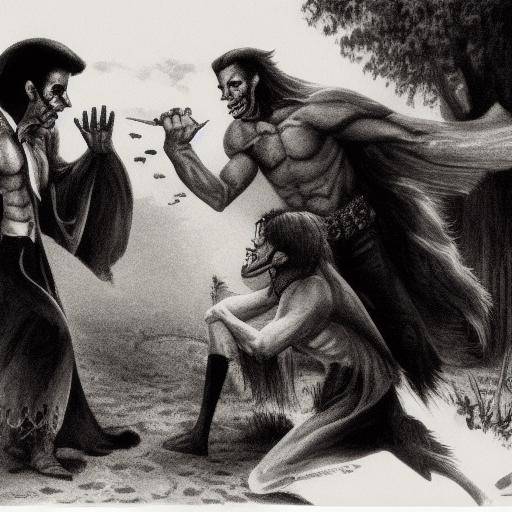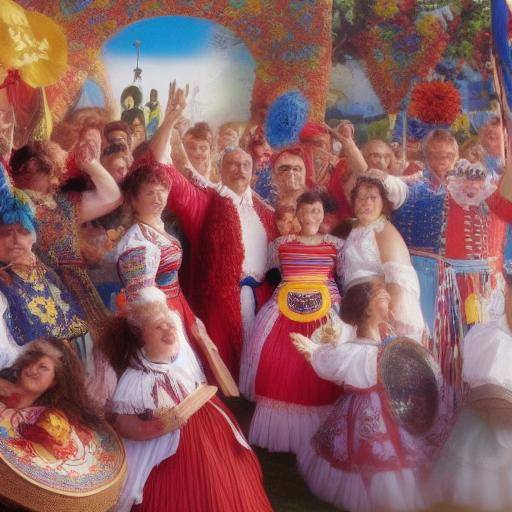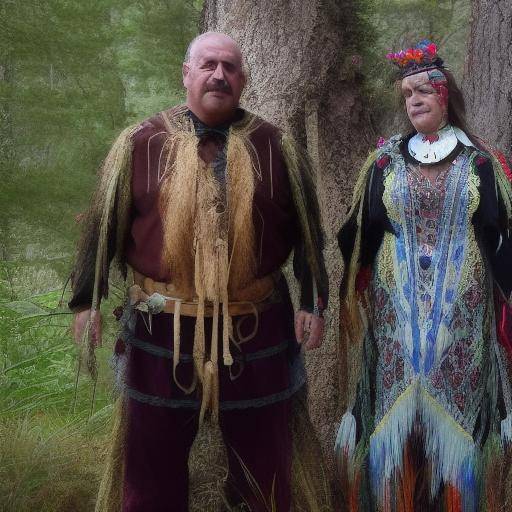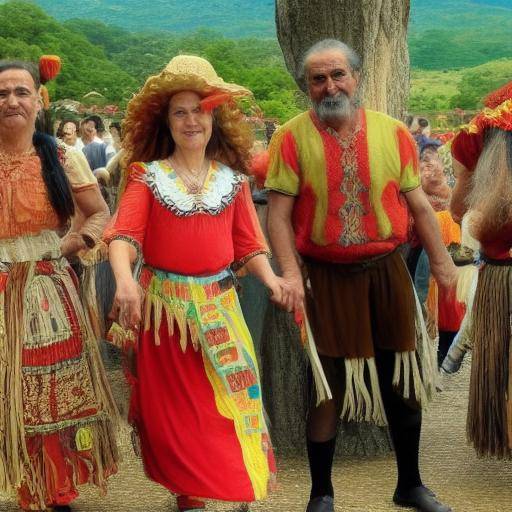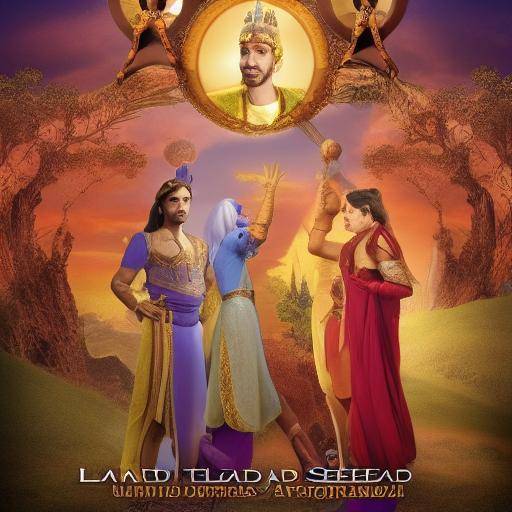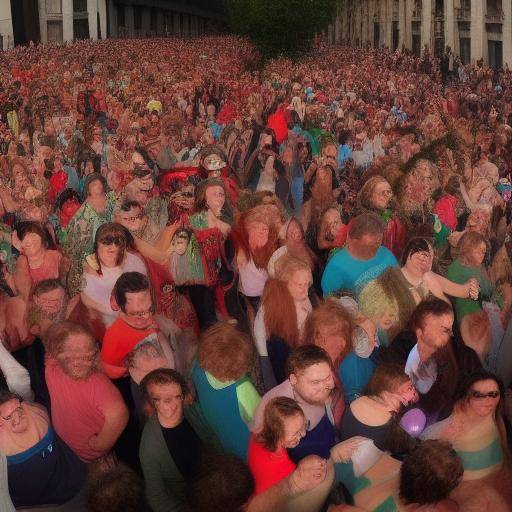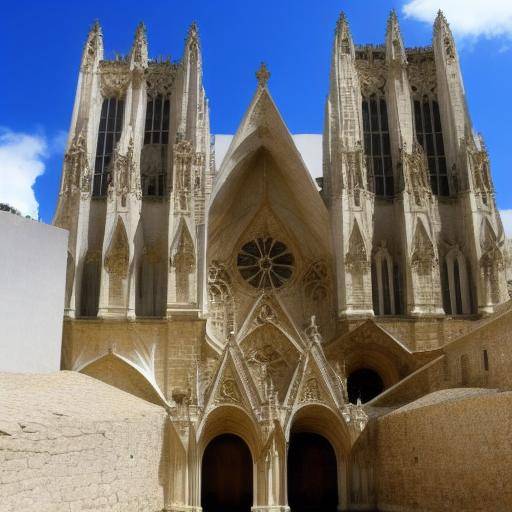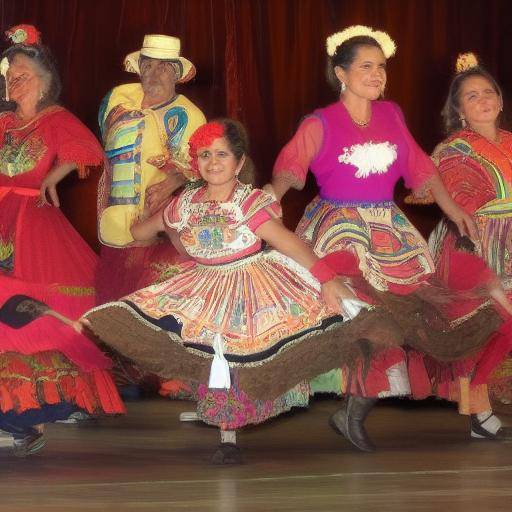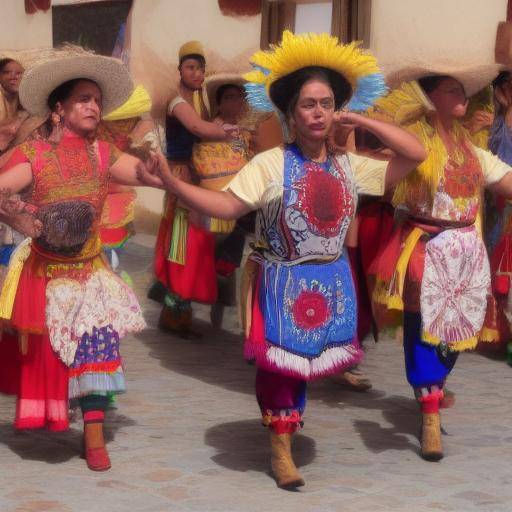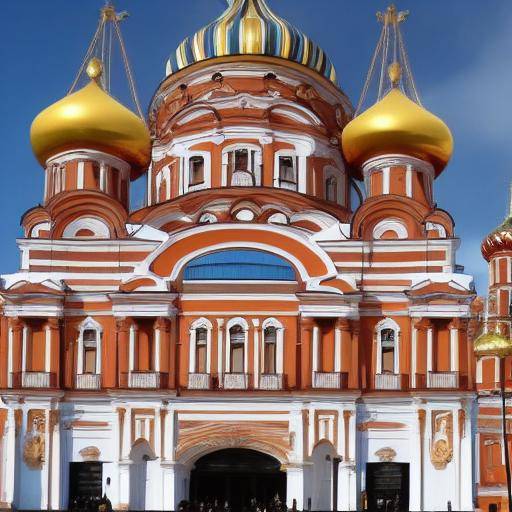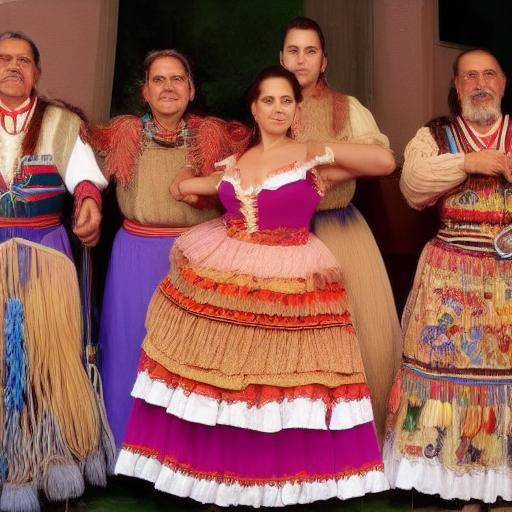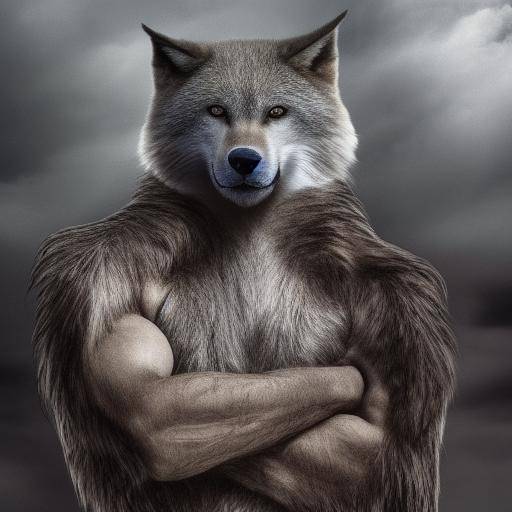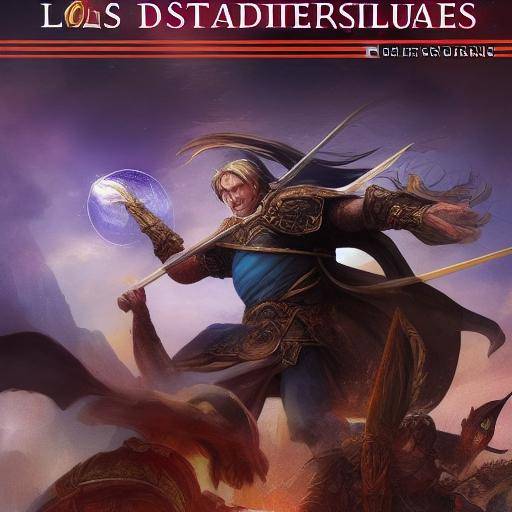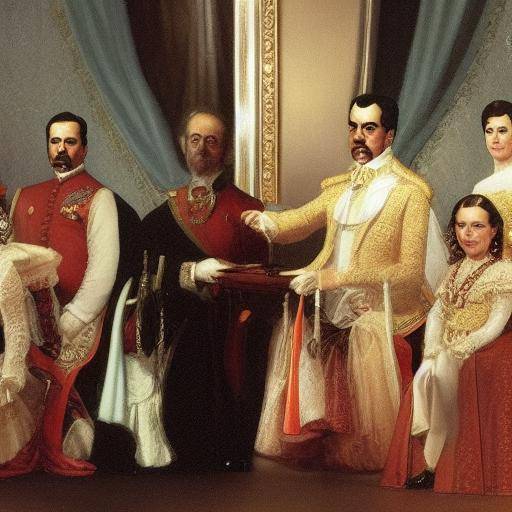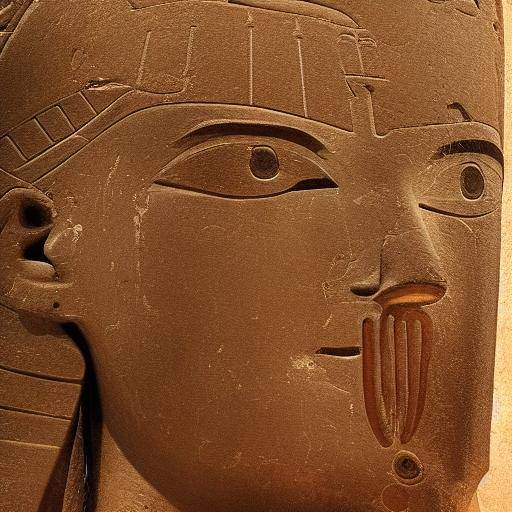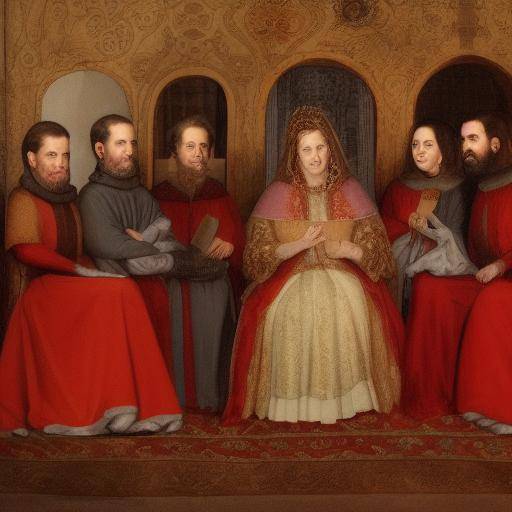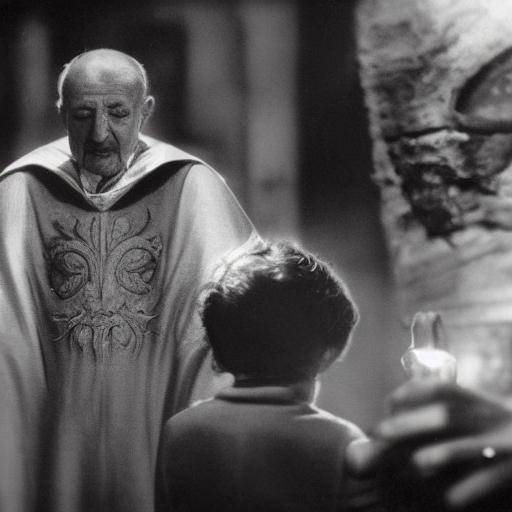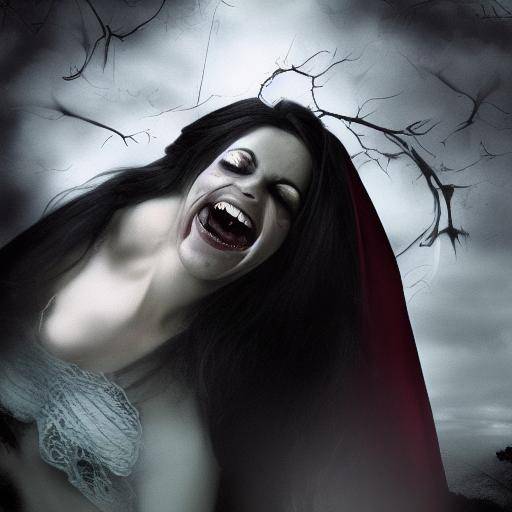
The vampires, supernatural beings who have fascinated humanity over the centuries, have been the subject of numerous myths and legends that have endured in popular culture. This article will offer a historic journey through the evolution of beliefs in vampires, exploring their meaning in different cultures and their influence on literature, cinema and society. In addition, we will examine the current perceptions of these beings and demystify some of the wrong ideas surrounding their figure, providing an integral vision that spans from ancient traditions to contemporary representations of vampires.
Introduction
Since time immemorial, the stories about beings that feed on the blood of the living have captivated the minds of people around the world. The image of the vampire has evolved over time, adapting to changing cultural beliefs and human attitudes towards death, supernatural and immortality. In this article, we will explore the origin of beliefs in vampires through history, their influence on popular culture and the contemporary reinterpretation of these beings. In addition, we will unravel the myths and realities that have surrounded vampires, offering a complete and detailed view of this fascinating phenomenon.
History and Background
Beliefs in vampires go back to ancient cultures in Europe, Asia and Africa, where stories of creatures similar to vampires were found in different mythologies and traditions. Among the first written records are the accounts of the ancient Greeks and Egyptians, who feared the undead beings that stalked in the darkness. In Europe, during the Middle Ages, there were numerous accounts of vampires, often associated with plague and other diseases, which fueled fear and superstition in the population.
The 18th century marked a turning point in the perception of vampires, with the emergence of Gothic literature and the publication of works such as "The Vampire" by John Polidori and "Carmilla" by Sheridan Le Fanu, which helped to popularize the vampire figure in Western culture. Later, cinema and television have played a fundamental role in spreading the image of the vampire, creating a lasting legacy that lasts until today.
Deep analysis
Myths and legends around vampires have generated a series of psychological and sociological interpretations, ranging from explanations of fear of death to symbolic representation of libido and repressed sexuality. Vampires, as immortal beings that challenge natural laws, have served as a metaphor for human longings and fears, thus becoming a powerful literary and cinematic symbol.
Beyond their role in popular culture, myths and realities around vampires have been studied by anthropologists, sociologists and historians, who have analysed the roots of these beliefs and their influence in the societies in which they have emerged. In this sense, it has been observed that the representations of vampires reflect the deepest fears and desires of each time, thus offering a window to the collective psyche of humanity.
Comprehensive review
The image of the vampire has evolved significantly over time, adapting to the changing cultural and social sensitivities. At present, vampires have experienced a revaluation thanks to their presence in contemporary literature, cinema and television, where they are represented in a more complex and nuanced way. In addition, the popularization of vampire myths has led to literary and cinematic subgeners who explore issues such as identity, otrity and morality, thus giving vampires a more human and psychological dimension.
Comparative analysis
In the context of supernatural beings, vampires share similarities with other mythological and folkloric figures present in different cultures around the world, such as werewolves, changing forms and evil spirits. However, unlike other supernatural creatures, vampires have maintained a constant and prominent presence in the popular imagination, which demonstrates their lasting attractiveness and relevance in the human imaginary.
At the mythological level, vampires are often associated with the idea of immortality and blood thirst, making them symbols of power and danger. This mythological representation has transcended borders, inspiring narratives and beliefs in different cultures, and contributing to the construction of a global phenomenon around vampires.
Practical Tips and Accessible Recommendations
For those interested in exploring the theme of vampires more thoroughly, it is suggested that classical works of Gothic literature be read, as well as the visualization of films and series that innovatively address the vampiric theme. In addition, participation in cultural events that celebrate the vampire figure, such as fan conventions and thematic exhibitions, can provide an enriching and playful experience.
In the academic field, it is recommended that studies and essays address the phenomenon of vampires from interdisciplinary perspectives, such as anthropology, sociology and cultural psychology. These approaches will provide a wider and deeper understanding of the influence of vampires on society and collective imagination.
Perceptions of Industry Experts
According to film and literature experts, the phenomenon of vampires is far from exhausting, and continues to be an inexhaustible source of inspiration for creators and audiences around the world. Vampires, far from being mere folk archetypes, are constantly reinvented, adapting to the artistic and symbolic demands of each time.
In this regard, there is a growing interest in addressing contemporary issues through the vampire figure, exploring issues such as gender identity, sexual diversity and immortality in a globalized world. Vampires, far from being mere symbols of terror, thus become vehicles to reflect on fundamental aspects of the human condition.
Case Studies and Real Life Applications
The impact of vampires on popular culture is reflected in numerous artistic and commercial expressions, from highly successful film franchises to the merchandising of products associated with the image of vampires, such as clothing, accessories and makeup. In addition, the figure of the vampire remains a source of inspiration for contemporary artistic movements and subcultures, thus nourishing an aesthetic and symbolic universe of its own.
In the social sphere, the presence of vampires in popular culture has generated communities of fans and followers, who actively collaborate in the production and dissemination of content related to vampires through social networks, online forums and specialized events. This interaction between creators and audiences demonstrates the lasting impact of vampires on collective imagination.
Future Trends and Predictions
In the future, the figure of the vampire is expected to remain relevant in popular culture, adapting to the sociocultural and technological changes of contemporary society. It is also expected that the phenomenon of vampires will continue to be explored in different means of artistic expression, offering new perspectives and narratives that reflect the concerns and aspirations of future generations.
In the academic sphere, it is seen that interdisciplinary studies around vampires contribute new approaches and findings, thus enriching the understanding of the vampire figure in historical and contemporary contexts. In addition, it is expected that the representations of vampires will continue to evolve, reflecting more faithfully human diversity and addressing relevant issues in the field of social justice, equality and cultural diversity.
Conclusions
In short, vampires have transcended borders and eras, becoming a widely recognized and studied cultural phenomenon. Throughout history, they have represented different things for different cultures and generations, and their influence endures today. The image of the vampire has undergone significant transformations throughout the centuries, thus feeding a rich acquis of myths, traditions and reinterpretations that continue to captivate the imagination of people around the world.
Frequently asked questions
What is the origin of belief in vampires?
Belief in vampires has ancient roots in different cultures around the world, linked to the association of these beings with death, disease and night. These beliefs have been maintained throughout history and have led to a rich narrative and symbolic tradition in popular culture.
How have vampire representations evolved over time?
Vampire representations have experienced significant evolution, reflecting changes in cultural, social and artistic perceptions. From the first folkloric legends to contemporary reinterpretations, vampires have been represented in various forms, addressing issues such as sexuality, immortality and otrity.
Why are vampires still such a relevant issue in popular culture?
Vampires have maintained their relevance in popular culture due to their ability to reflect profound aspects of human condition, as well as their adaptability to cultural and artistic changes. Moreover, his presence in literature, cinema and other means of expression has contributed to keeping his image alive in the collective imagination.
What is the influence of vampires in contemporary society?
Vampires have had a significant influence on contemporary society, fueling a wide range of subcultures, artistic movements and creative expressions. Their presence in popular culture has generated communities of followers and inspired academic debates around their meaning and impact on society.
What are the current trends around the representation of vampires?
Current trends in the representation of vampires include greater diversity of perspectives and narratives, which address issues such as identity, equality and diversity. There is also a growing interest in exploring vampires from interdisciplinary academic approaches, which enriches the understanding of their role in contemporary culture.
What role do vampires play today?
At present, vampires continue to play a relevant role as cultural symbols, representing aspects such as seduction, darkness and immortality. Moreover, its presence in popular culture remains a source of inspiration for creatives and audiences around the world, generating an enriching dialogue about human nature and its different manifestations.
Conclusion: Vampires, as symbols of darkness and seduction, have transcended time and space, feeding the imagination of generations as they reflect profound aspects of the human condition. Its influence persists in popular culture and academia, generating debates, artistic creations and a global community of followers. As the image of the vampire continues to evolve, its role as a vehicle for the exploration of human nature becomes even more relevant in contemporary society.
Remember that, although myths and realities around vampires can be fascinating, it is important to remember that these are fictional figures rooted in popular culture and literature. However, its relevance as a cultural phenomenon and its influence on human imagination continue to be the subject of study and debate, thus nourishing a lasting legacy that endures in history.
In conclusion, vampires represent a mythical figure that has endured over the centuries, transcending cultural and generational borders. Its impact on popular culture, literature and cinema continues to generate a deep interest in its symbolic nature and its powerful influence on human imagination.
We hope that this journey through vampires, their myths and realities, has been enriching and enlightening. We invite you to continue exploring this fascinating theme from different perspectives and to continue enjoying the various artistic and cultural manifestations that vampires have inspired throughout history. That the seduction of darkness does not stop loving us!

